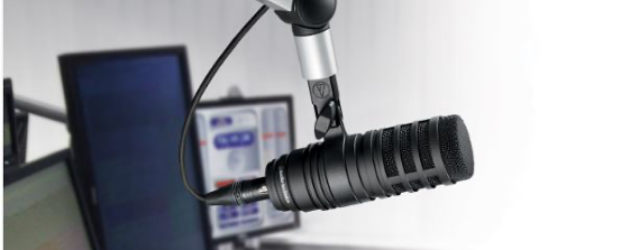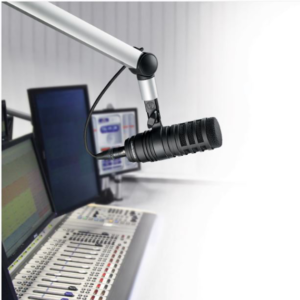
Question: How do I use my professional analog microphone on a computer?
Answer: The first microphone was invented as a telephone transmitter by Alexander Graham Bell in 1876, so it is safe to assume there are a lot of microphones around considering their 144 years of existence. Audio-Technica introduced its first microphone in 1978 and since has become a world leader in the production and development of microphones. Needless to say, the use of microphones has grown and changed over the years.
Microphones are in everything these days from our telephones to our computers and even in our cars, but most often we think of microphones as the handheld or stand-mounted devices that we sing or speak into. In order to use these devices they are connected to a public address system, amplifier, broadcast system, or recording device. With the introduction and growth of personal computing it was only a matter of time before owners of these analog microphones wanted to connect them to their PC. A logical thing to do, but how does one accomplish this? After all, microphones are analog devices and computers are digital devices that only understand zeros and ones. So, the logical conclusion is some type of interface that can convert the analog signal from the microphone into a digital signal that a computer will understand. There have been – and are – several types of A-to-D (analog-to-digital) converters around with different types of computer connections such as FireWire, PC card, and USB. We will focus on USB audio Interfaces, since most computers have USB inputs.
USB audio Interfaces, of course, connect to a computer via a USB cable and are available in many configurations with various features. There are interfaces that accept one microphone, others that accept two, four, or even eight. Multiple interfaces can be linked, either physically or logically through software, to allow for multitrack recording, such as may be needed in a studio for recording a band. Most interfaces provide one or more headphone connections as well as phantom power to provide DC voltage for condenser microphones. Configuring an interface on a computer is usually quite easy and the manufacturer should provide instructions for doing so. Prices for an interface range from under $40 to several thousands of dollars depending on the features and quality of the device. To find these devices, a Google search for “USB audio interface” or a visit to your local music store is in order.
Now let’s talk practical application of using an analog microphone and a USB audio interface. The most obvious use is in a professional recording studio where high-quality microphones such as the AT4050 are used to record a band and/or a singer. With the availability of affordable USB audio interfaces, microphones such as the AT2035 or the BP40, and headphones such as the ATH-M50x, many are creating their own home studios. Similar to the home recording application are voice-over and podcast applications. Many find the AT2020PK Steaming/Podcasting Pack along with a USB audio interface perfect for these uses.
More and more people have found themselves working from home with the need to do remotely what they usually do on site and in person at the office. This has those working from home communicating via video conference applications more frequently. Also, houses of worship are recording their services or broadcasting live using these same applications. Of course, the same setup used for home studio recording and podcasting can and is being used for working from home, but often a headset such as the BPHS1 that contains both a quality microphone and headphone in one unit is desirable. For this application the microphone is connected to the interface via the XLR connector and the headphone is connected via the ¼-inch connector.

Hopefully, you now have a better understanding of how to connect your analog microphone to a computer. As always, feel free to contact the Audio-Technica Audio Solutions Department for more information.